10 Proven Ad Tech Strategies to Skyrocket ROI in 2025 (From Real Experience
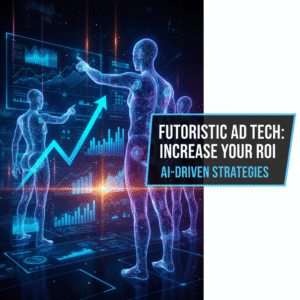
If there’s one thing I’ve learned from years of running digital campaigns, it’s this: the best results don’t come from spending more—they come from spending smarter. That’s where mastering ad tech strategies truly changes the game. Whether you’re a small business or a growing brand, combining data-driven insights with automation can dramatically improve your marketing efficiency and ROI.
Before diving deeper, I’d recommend checking out this guide on the best ways to combine SEO and ad tech for growth. It perfectly complements what we’ll explore here and helps you see how ad tech strategies integrate with other digital efforts like organic search.
Understanding the Core of Ad Tech Strategies
The first step in using ad tech strategies effectively is understanding what makes them tick. At their core, they combine automation, data analytics, and personalization tools to help advertisers make smarter decisions in real time.
When I first started experimenting with ad tech, I was overwhelmed by the number of platforms, dashboards, and reports. But once I focused on data interpretation—not just collection—I realized that ad tech strategies can uncover deep audience patterns that manual tracking simply misses.
The key? Start small. Test one platform, review performance metrics weekly, and adjust based on predictive insights. Over time, your campaigns begin optimizing themselves.
How To Build Strategies That Align With Your Goals
Every business’s goals are different—some want visibility, others crave conversions. So, your ad tech strategies should always start with clarity.
Here’s what I learned the hard way: if you can’t define your conversion goal clearly, even the smartest tech stack won’t help. I once ran a campaign where the targeting was flawless, but the ad message wasn’t aligned with my landing page experience. The result? High clicks, low conversions.
To fix this, I aligned my creative content with automated targeting using machine learning tools that refine audience segments continuously. That’s when I started seeing measurable ROI improvements.
How To Use Predictive Segmentation in Ad Tech Strategies
Predictive segmentation is the secret sauce behind the most successful strategies. By analyzing historical user behavior, AI can forecast which customers are more likely to engage or convert.
For instance, I once tested predictive segmentation on a retargeting campaign for a SaaS product. Instead of blasting all visitors with the same message, the ad tech tool divided them into micro-segments based on session duration and page depth. The result? A 23% increase in conversion rate—and lower CPCs.
If you’re serious about scaling, integrate AI tools that support predictive and automated audience building.
How To Combine AI Personalization With Strategies
AI personalization takes ad tech strategies from good to great. It helps tailor ad creatives and delivery times for each user type. I personally use AI-based A/B testing tools to discover what messaging resonates most with different audience segments.
One of my best-performing campaigns used dynamic creatives—changing ad visuals and text depending on the viewer’s interests. The engagement rate tripled because the experience felt human, not robotic. That’s the beauty of AI-backed ad tech strategies—they bring precision to personalization.
How To Measure Success and Optimize Your Ad Tech Strategies
If you can’t measure it, you can’t improve it. Successful ad tech strategies depend on analyzing conversion paths, cross-device performance, and incremental lift.
I suggest reviewing KPIs like cost per acquisition (CPA), lifetime value (LTV), and engagement quality rather than vanity metrics like impressions. The tools today are powerful enough to show you exactly where and why a user converted.
When I started focusing on these advanced metrics, my campaign efficiency jumped by nearly 40%—without increasing ad spend. That’s how effective ad tech strategies can be when guided by real insight.
How To Evolve Ad Tech Strategies for the Future
The future of ad tech strategies lies in automation and ethical data usage. As privacy regulations evolve, marketers must focus on transparency, consent-based data collection, and cookieless tracking solutions.
I’ve started using contextual advertising—targeting based on content relevance rather than personal data—and the performance has been surprisingly strong. It proves that innovation in ad tech strategies doesn’t always mean complexity; sometimes, simplicity wins.
For deeper insights on maximizing returns through automation, check out the best video ad platforms for mobile and desktop. It’s a solid next step for anyone looking to merge creativity with efficiency.
Final Thoughts
If there’s one takeaway, it’s this: effective ad tech strategies aren’t about chasing trends—they’re about building sustainable systems that adapt, learn, and improve over time. Start small, analyze everything, and let the data lead your growth. With the right balance of AI, predictive segmentation, and automation, your campaigns can deliver more with less effort.
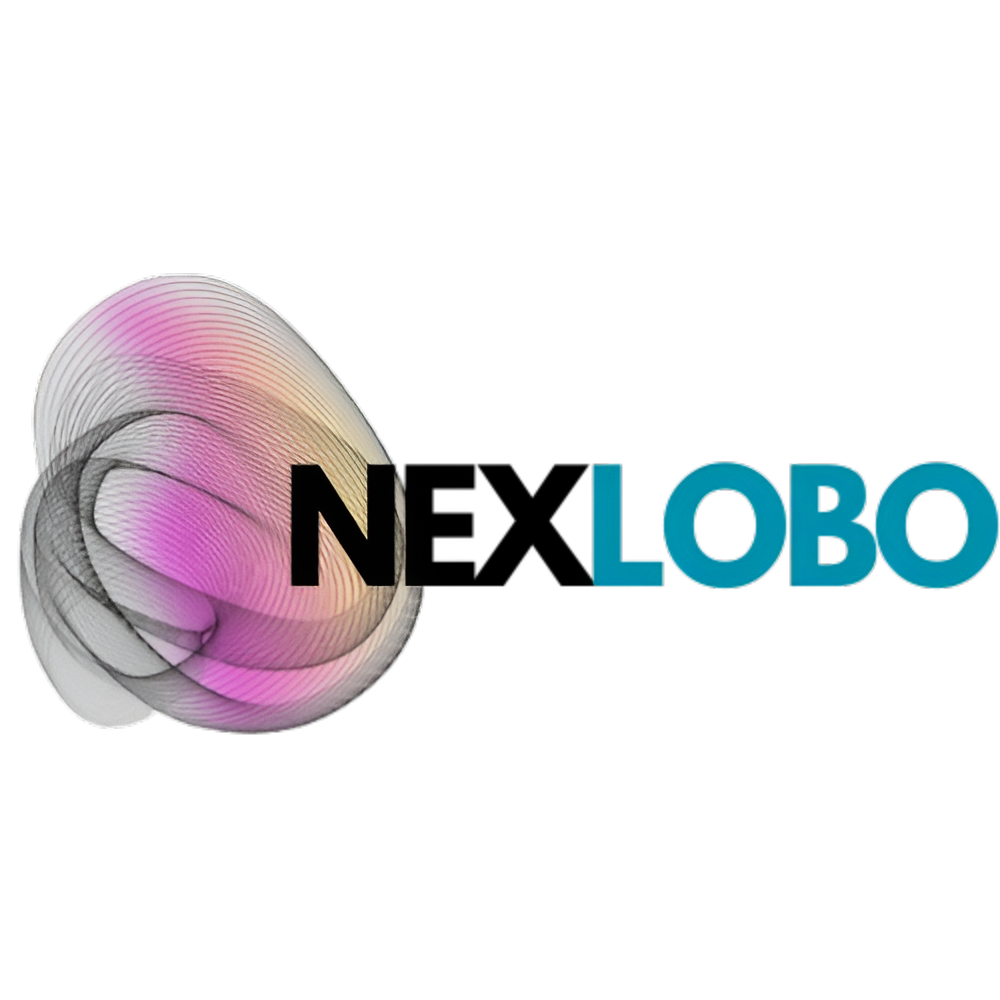


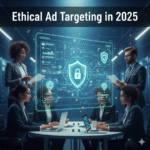

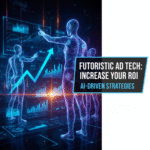
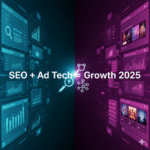
Leave a Reply